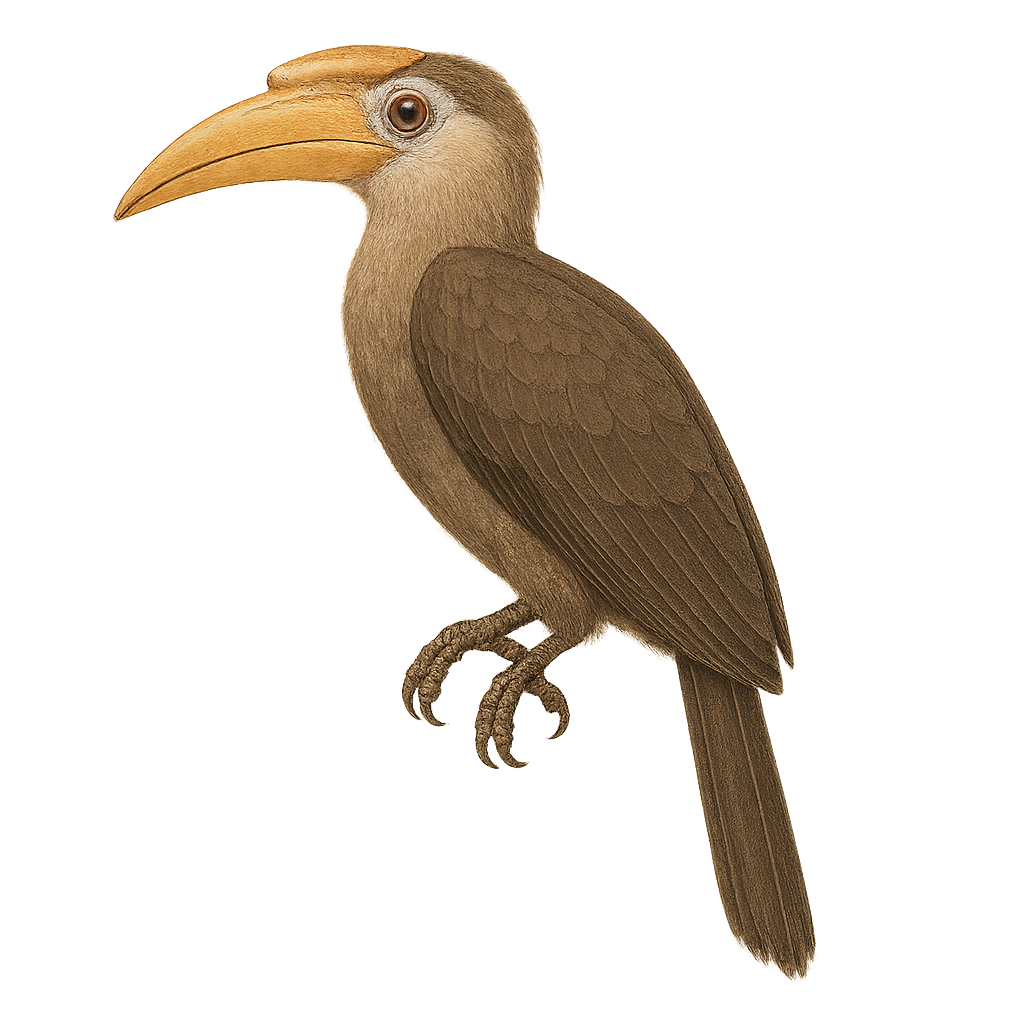Your wildlife photography guide.
Explore the austen's brown hornbill in detail, study its behavior, prepare your shots.
Where to observe and photograph the austen's brown hornbill in the wild
Learn where and when to spot the austen's brown hornbill in the wild, how to identify the species based on distinctive features, and what natural environments it inhabits. The WildlifePhotographer app offers tailored photography tips that reflect the austen's brown hornbill’s behavior, helping you capture better wildlife images. Explore the full species profile for key information including description, habitat, active periods, and approach techniques.
Austen's Brown Hornbill
Scientific name: Anorrhinus tickelli

IUCN Status: Near Threatened
Family: BUCEROTIDAE
Group: Birds
Sensitivity to human approach: Suspicious
Minimum approach distance: 10 m
Courtship display: February to April
Incubation: 25-27 jours
Hatchings: March to May
Habitat:
Tropical forests, subtropical forests, wooded areas
Activity period :
Primarily active during the day, with peak activity in the morning and late afternoon.
Identification and description:
The Austen's Brown Hornbill, or Anorrhinus tickelli, is a medium-sized hornbill found in dry forests and wooded hills of Southeast Asia, especially in Myanmar, Thailand, and western Laos. It is identified by its uniformly dark brown plumage, contrasting black-and-white tail, and dark bill without a prominent casque. Highly social, it moves in family groups and is often noisy, producing harsh calls and barking sounds. It feeds on fruits, insects, and occasionally small vertebrates. Although somewhat tolerant of disturbed areas, this hornbill is vulnerable to deforestation.
Recommended lens:
400mm – adjust based on distance, desired framing (portrait or habitat), and approach conditions.
Photography tips:
To photograph the Austen's Brown Hornbill, focus on tropical and subtropical forests where it is most commonly seen. Use a 400mm or longer lens to capture detailed images without disturbing the bird. Be patient and discreet, as this bird is suspicious and may fly away at the slightest alert. Favor early morning hours to benefit from the best natural light. If possible, use a tripod to stabilize your camera and achieve sharp shots.
The WildlifePhotographer App is coming soon!
Be the first to explore the best nature spots, track rutting seasons, log your observations, and observe more wildlife.
Already 1 432 wildlife lovers subscribed worldwide

